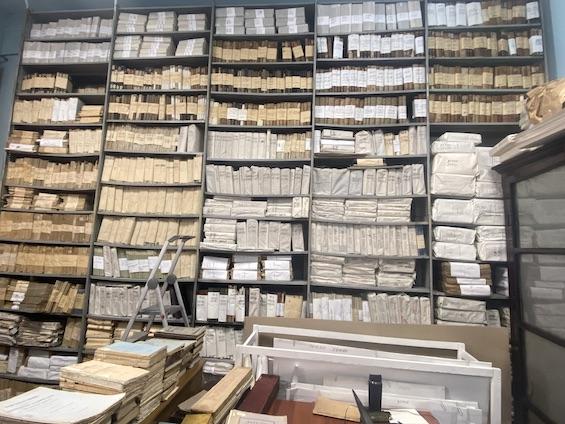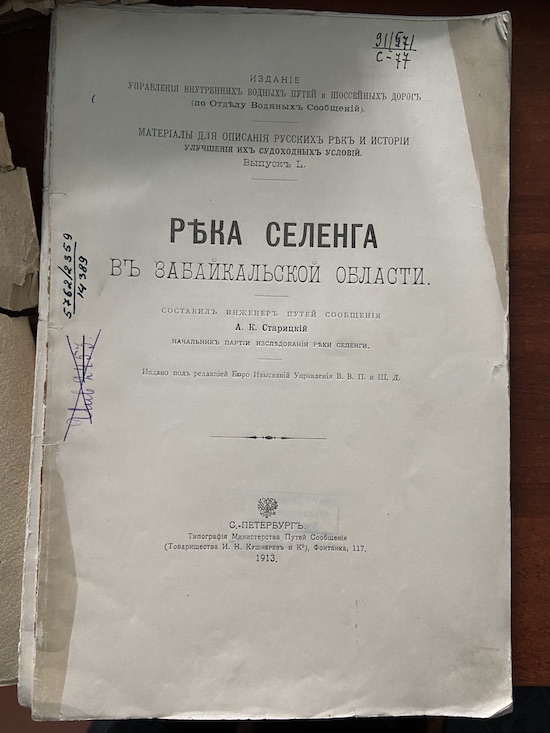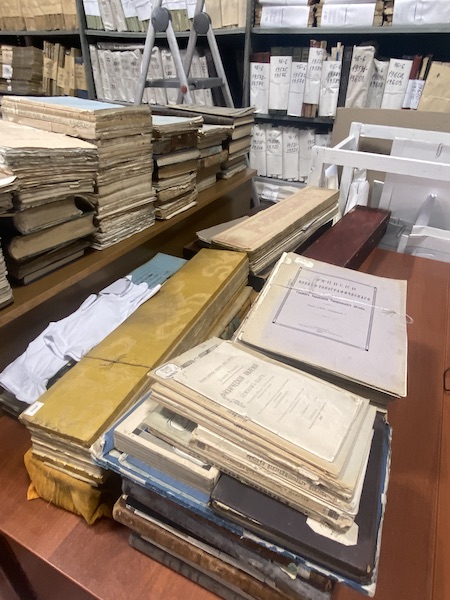
Reports from the Field
Mongolia
Dr Bristley’s fieldwork in Mongolia, assisted by National University of Mongolia researcher Ms Gerelsuren Ganbold, was carried out between February and June 2023. His work focused on two main research sites. The first was Ulaanbaatar: Mongolia’s capital city, and the largest urban settlement in the basin of the river Selenga. Since the 1960s Ulaanbaatar has seen a move away from rivers as sources of potable water, and water delivery systems as a primary means of distribution, and towards the construction of wells and a vast hydraulic infrastructure: for supplying drinking water, heating the vast apartment complexes crowded into the city centre, and for disposing of waste. In this ever-expanding metropolis, Dr Bristley attended to modes of water use among Ulaanbaatar’s citizens, as well as the challenges faced today in administering water use in a large conurbation. Aside from being the nation’s biggest city, Ulaanbaatar is also home to the country’s heavily centralised decision-making centres. During his time in the city Dr Bristley carried out interviews on the potential use of water for hydroelectricity in the Selenga’s tributaries; the construction of the current legal framework of national water law; and Mongolia’s international law obligations to its neighbours vis-à-vis transboundary water systems. Dr Bristley’s second research site was the Selenga basin outside Ulaanbaatar. Research carried out in Mongolia’s northern Bulgan and Selenga provinces during spring 2023 focused on modes of livelihood along the river. It traced new migration patterns from central Mongolia towards the fertile Selenga’s banks, as well as bureaucratic and legal issues generated by such climate-related migration. It examined practices of local government and water-related administration, and how these intersect with wider governance issues on the national scale. And it focused on oral histories of the river’s use and the area’s previous inhabitants (including Second World War-era Russian prisoners-of-war, and Chinese agricultural labourers). Dr Bristley was also fortunate to be invited by Professor Altansukh Ochir, a Project Advisor, to join a natural scientific expedition to the Selenga basin organized by the National University of Mongolia in June 2023.
Dr Namsaraeva completed fieldwork in the Selenga Valley (Buryatia). During this period she also worked with archival collection of the Kyachta Historical Museum looking for various publication related to geophysical exploration of the Selenga river during the pre-revolutionary and Soviet periods.


